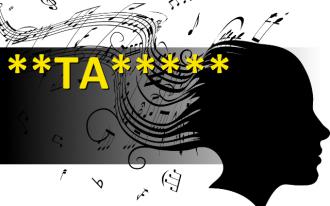Replace asterisk symbols with ...
Replace asterisk symbols with a letters (**TA*****) and guess the name of musician band. Length of words in solution: 9.Correct answers: 41
The first user who solved this task is Djordje Timotijevic.
#brainteasers #music

While on a road trip, an elder...
While on a road trip, an elderly couple stopped at a roadside restaurant for lunch. After finishing their meal, they left the restaurant and resumed their trip. When leaving, the elderly woman unknowingly left her glasses on the table. And, she didn't miss them until after they had been driving about twenty minutes. By then, to add to the aggravation, they had to travel quite a distance before they could find a place to turn around in order to return to the restaurant to retrieve her glasses.
All the way back, the elderly husband became the classic grouchy old man. He fussed and complained and scolded his wife relentlessly during the entire return drive. The more he chided her, the more agitated he became. He just wouldn't let up one minute.
To her relief, they finally arrived at the restaurant. And as the woman got out of the car and hurried inside to retrieve her glasses, the old geezer yelled to her, "While you're in there, you might as well get my hat".
All the way back, the elderly husband became the classic grouchy old man. He fussed and complained and scolded his wife relentlessly during the entire return drive. The more he chided her, the more agitated he became. He just wouldn't let up one minute.
To her relief, they finally arrived at the restaurant. And as the woman got out of the car and hurried inside to retrieve her glasses, the old geezer yelled to her, "While you're in there, you might as well get my hat".

